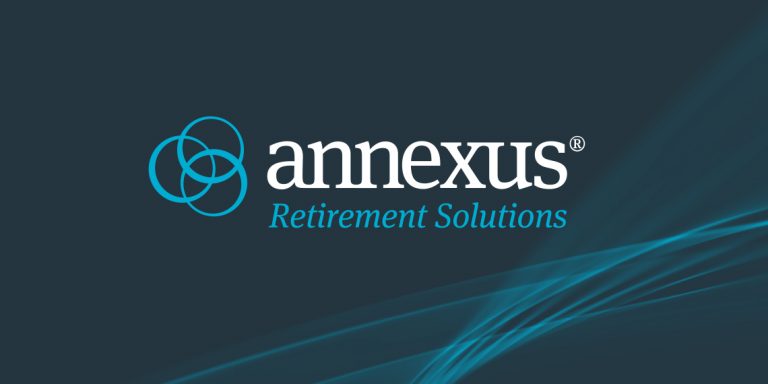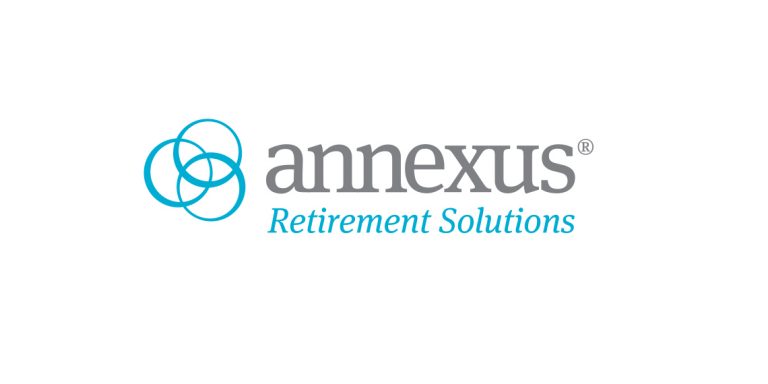An Evaluation Process for In-Plan Lifetime Income Solutions
By Charles E.F. Millard
Ever since the passage of the SECURE Act in 2019, defined contribution (DC) plans have been top-of-mind for many advisors and sponsors. Competing solutions comprise an “alphabet soup” of options, including DIAs, SPIAs, VAs, FAs, FIAs, QLACs, GMWBs and GLWBs. Even if you decipher the code, you still have the mother of all in-plan abbreviations to consider: the QDIA, or qualified default investment alternative. When evaluating the various retirement solutions, we recommend the following two-tiered process:
Preliminary analysis: What is the total financial value to the participant?
The simplest analysis starts by focusing on a relatively straightforward set of calculations designed to answer two simple questions: 1) How much is a participant likely to accumulate during working years? and 2) How much income will the solution generate? Growth is just as critical to consider as the income withdrawal percentage is only as good as the accumulated value it’s taken from.
These calculations may be stochastic or deterministic, and one can look at median, best-case or worst-case scenarios. It’s important to know how much of the projected income is guaranteed vs. participating in a managed drawdown: those determinations can make the analysis more complex.
While 4% is a reasonable figure, some solutions now generate 6%, which is even more favorable. Once these preliminary tier-one questions are addressed, we can then look a little deeper at five fundamental factors that should guide the analysis of any lifetime income solution.
Deeper dive: The 5 fundamental factors
An in-depth analysis of an in-plan income solution will consider five fundamental factors essential to meeting participant needs, overcoming barriers to adoption and delivering the greatest overall participant value and total outcome: growth, liquidity, portability, efficiency and ease of use.
1. Growth: Participants should never have to sacrifice performance for income
For years, even decades, the financial services industry has offered lifetime income solutions that participants have consistently failed to adopt. A principal reason stated for their disapproval is that they want their assets to grow, and if they do experience growth, they want it to be to their benefit. They don’t want to give away any growth, but they still want lifetime income.
Many lifetime income solutions do not allow participants to fully participate in the growth of their assets. Others allow a share of their assets to participate in growth opportunities, but are invested in strategies that are unlikely to produce much of the growth they’re seeking. Some solutions are purposely invested in conservative strategies and others limit the participant’s share in upside potential. Not every solution is designed to maximize the growth of the participant’s assets. We should be looking for those that are.
2. Liquidity: Never ask participants to give up control of their assets
This topic is especially important as plan sponsors consider a lifetime income solution as a default (as many do now with target date funds). No plan sponsor is going to default participants into a “solution” they’re locked into and can’t get out of, no matter how good it might be.
Some annuity products provide no liquidity. They can be, or become, irrevocable. Others provide limited liquidity. That illiquidity can allow the insurer to offer a better “deal” in certain cases, but participants do not want to give up liquidity, and plan sponsors and advisors should not ask them to do so. With the right solution, they don’t need to.
3. Portability: Participants AND employers need the flexibility to change course
Portability has been the Achilles heel of many efforts to improve retirement security. The SECURE Act created a methodology that, technically, allows portability. But most offerings that attempt to implement the SECURE Act process are clumsy and overly complex.
The right solution must allow the employer to change recordkeepers and must allow an employee to leave the company with minimal or no impact. In either case, true portability requires that the employee maintains the lifetime income guarantee on every dollar accumulated, while still retaining full access and liquidity.
True portability also enables the employer to move smoothly from one recordkeeper to another. This requires middleware technology that streamlines and lightens the load for the recordkeeper. If a solution does not use middleware that makes the record keeper’s job easier, it will be much harder to get them to add that solution.
4. Efficiency: Critical for the insurance carrier
We want the insurance carrier to be around for 100 years. And while the “safe harbor” for the selection of the insurer was one of the key provisions of the SECURE Act, there is still the requirement of a prudent process for the selection of the insurer.
In addition to the selection of the insurer, the selection of the insurance product is also crucial. Plan sponsors and advisors should understand how the product works inside the insurance company’s business model. How does the insurer get paid, and what makes one solution more efficient for the insurer than another?
Answering these questions can help a plan sponsor better understand the insurer’s business. They will help the sponsor better understand the income solution, as well.
5. Ease of use: Participants need to understand to invest
If the head of benefits has to use words like “stochastic,” “deterministic,” “annuitization,” or “hedged,” to explain the solution, then the effort is likely doomed. A solution that achieves the important goal of lifetime income in retirement must be one that can be explained in a few clear sentences:
- “You will be invested in a solution that will pay you X% a year. It’s guaranteed. And you never surrender access to your funds.”
- “Your funds will be invested in a way that is designed to maximize your return, eliminate your risk, and generate a high secure income in retirement.”
- “If you leave the company, you can take it with you.”
- “You always have the option of cashing out.”
Solutions that require participants to make their own decisions about asset allocation and annuity selection will be hard for plan sponsors to explain and hard for participants to understand. Solutions that include decisions (whether by the sponsor or the participant) that are irrevocable will be inappropriate as a QDIA. Default solutions must maximize growth and be liquid, portable, and easy to use.
Charles E.F. Millard is Senior Advisor at Annexus Retirement Solutions and the former Director of the United States Pension Benefit Guaranty Corporation. This article is part of a series on the Five Fundamental Elements of Lifetime Income Solutions.







